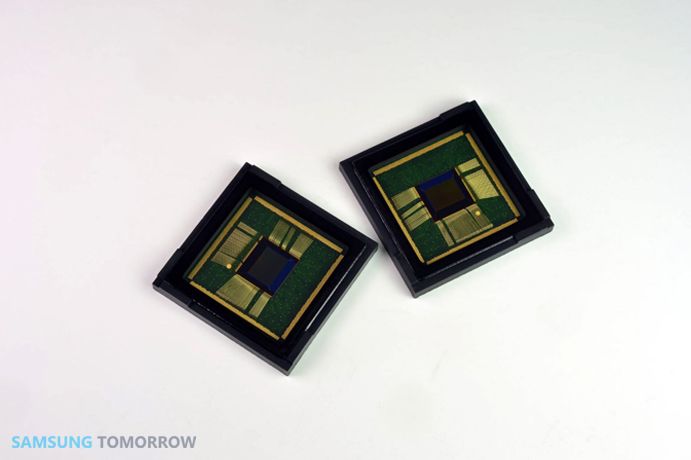Samsung has introduced a new technology for CMOS image sensors that supposedly increases light sensitivity, controls the absorption of electrons and creates higher colour fidelity despite bad lighting conditions.
With growing demand, Samsung apparently felt pressure to increase camera resolution and image quality without making a bigger camera. Samsung said it therefore developed Isocell, which ultimately "improves the image quality and enhances the user experience of premium smartphones and tablets". It does all this while using less space in camera units. .
Isocell utlises Back Side Illumination, instead of Front Side Illumination, which results in the photodiode being at the top to maximise photoelectric efficiency. It also isolates the pixel, decreases crosstalk by approximately 30 per cent, increases the full well capacity by 30 per cent and features a 20 per cent wider chief ray angle.
All of this technology fits inside a S5K4H5YB 8-megapixel imager that has a 1.12um Isocell pixel and a 1/4inch optical format. Samsung said this makes Isocell ideal for slim and small form factor mobile devices with low z-height requirements. The S5K4H5YB will go into mass production in Q4 2013.
Read: Samsung Galaxy Nexus S device appears on Carphone Warehouse, could be Nexus 5?
This also means a full camera unit with Isocell will use less space and height inside mobile devices when compared to older imaging sensors, so you should see Samsung unveil thinner, higher-powered smartphones with Isocell camera sensor technology in the coming months. In fact, the Samsung Galaxy S5 camera might even feature Isocell.
Samsung mentioned in a blog post - citing market research firm Techno System Research - that about 66 per cent of smartphones will feature image sensors with 8-megapixel or higher resolution in 2014.

